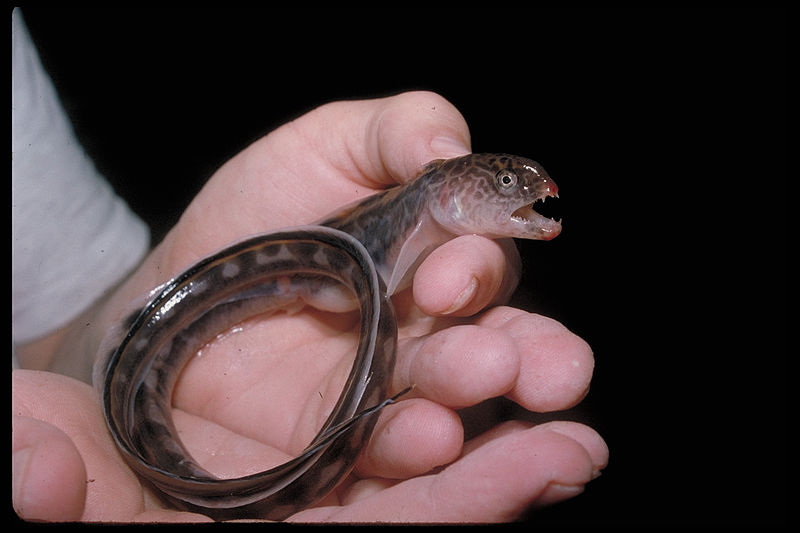


The temperature of the water must be kept between 23☌ and 28☌ to ensure optimal growth and health of the fish. It is important for them to be quarantined for several weeks and carefully inspected for any signs of pest or disease.Īfter the fingerlings have been in quarantine, they can then be grown-on in ponds or in specialised tanks that recirculate the water. The young eels, sometimes called fingerlings, are sold and brought to the farms to restock the supply. Once the juvenile eels reach the glass eel stage of development, they are much closer to the shores and can be captured in nets. The farms begin by sourcing stock, usually obtained by purchasing the wild, glass eels which are sold on and used to replenish the stock on the farms. They have reached the estuaries, and now must migrate further up into the fresh water rivers to feed and grow for some years, beginning the cycle once more.Įel farms are found in many countries, and the significant producers are European countries, Scandinavian countries, China, Taiwan, Australia and Morocco, with the largest single producer being Japan. Their pigmentation becomes darker and they resemble adult eels, only much smaller at around 8-20 cm in length. When the glass eels reach 2-3 years old, the ocean currents have carried them towards the shores. These are juvenile eels that have an under-developed, transparent appearance. The fertilised eggs are carried by the ocean current as they change into larvae, and then after around 18 months they have developed into "glass eels". The eel only breeds once during its lifetime.
Wolf eel diet in captivity skin#
Then, as they reach sexual maturity their skin pigment becomes silvery, they put on weight and they migrate miles out into the seas to find the spawning grounds to breed. Some species may reach even greater ages. On average, the young eels live in the fresh water of rivers and streams for up to 12 years for males and up to 18 years for the females.


 0 kommentar(er)
0 kommentar(er)
